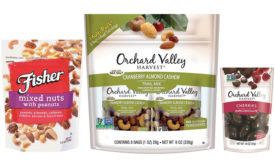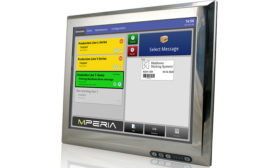Home » consumer packaged goods
Articles Tagged with ''consumer packaged goods''
Materials Technology
Is flexible packaging growth at a stand-still?
Not quite; opportunities are still to be found in the segment.
May 12, 2017
Machinery Technology
Considerations for e-commerce packaging
Ensuring the package arrives undamaged
May 11, 2017
Advertisement
Centralized printing control – regardless of technology or vendor.
April 26, 2017
Materials Technology: Smart Packaging
Nutrition facts panel update presents a golden opportunity for smart packaging
GS1 US Mobile Scan offers consumers accurate information at their fingertips.
April 12, 2017
How will Brexit impact the food industry?
New research reveals a profitable and optimistic year for the food and drinks industry.
February 21, 2017
Lessons learned from a cookie dough recall
Ways to combat quality issues and avoid a recall.
January 31, 2017
Cover Story: Top 25 Beverage Packagers
The 2016 top 25 beverage packaging companies
Single-serve beverages and some good old marketing drive sales in the growing industry
August 15, 2016
PMMI Corner
Setting good and great brands apart
A commitment to sustainability and wellness is an increasingly competitive tool to drive consumer preference.
August 15, 2016












